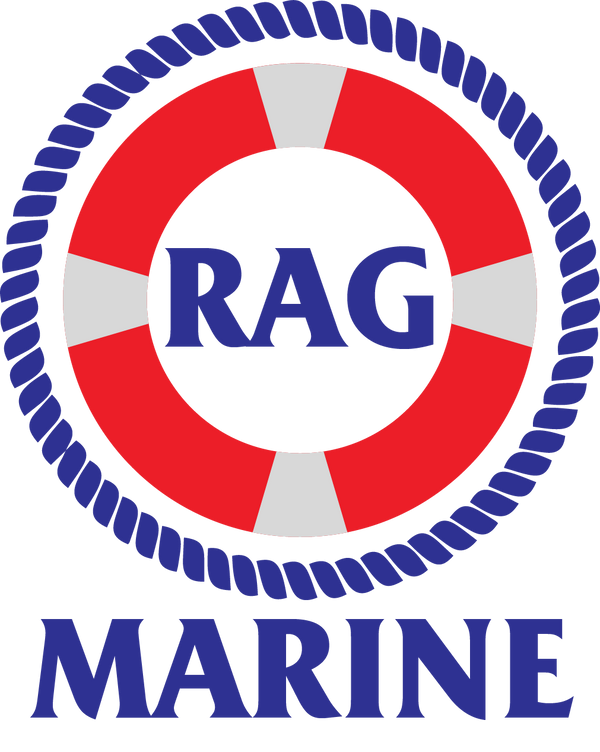Learn About Windlasses: The Essential Guide
Share
A windlass is a device used to raise or lower anchor chains and other heavy objects. It consists of a horizontal drum around which the chain is wound, and a vertical hand-cranked or motorized power source that turns the drum. Windlasses are used on both small and large boats and are an essential piece of deck hardware. In this guide, we will discuss everything you need to know about windlasses, including how to choose the right one for your boat, how to install it, and how to use it properly.
What is a windlass?
A windlass is a machine used for hoisting anchors and other heavy objects. It consists of a horizontal cylindrical drum around which a cable or chain is wound. The object to be lifted is attached to the free end of the cable or chain.
The word "windlass" can also refer to a device used for winding rope or cable onto a spool or drum. This type of windlass is often used on boats and ships to haul in anchor lines or mooring lines. It consists of a vertical cylinder with a handle at the top and a ratchet at the bottom. The rope or cable is wound around the cylinder by turning the handle.
How do windlasses work?
Windlasses are devices that are used to help launch and retrieve anchor rope from the seafloor. They work by using a winch to wind in or let out the rode, which is attached to an anchor at one end and the windlass at the other.
Most windlasses have a gypsy head, which is a rotating drum that the rode is wound around. The gypsy head is connected to the winch, which can be operated manually or via an electric motor. To deploy the anchor, the rode is fed out through the gypsy head and over the roller fairlead (a guide for ensuring that the rode doesn't become tangled). The anchor is then dropped into the water and allowed to settle on the seafloor.
To retrieve the anchor, the operator starts winding in the rope via the winch. The gypsy head grabs hold of the rope and wind it in, bringing both the anchor and any attached seaweed or debris up to the surface. The retrieved anchor is then stored safely onboard until it's needed again.
The different types of windlasses
The Different Types Of Windlasses
A windlass is a machine used for lowering and raising weights. The most common type of windlass is the hand-operated crank. The crank windlass consists of a horizontal cylinder with a handle attached to one end and a ratchet wheel at the other. The ratchet wheel is connected to the load by means of a chain or rope.
The second type of windlass is the power-operated windlass. These are used where greater lifting power is required, such as on large ships. Power-operated windlasses can be electric, hydraulic, or pneumatic.
The third type of windlass is the gypsy head type. This consists of a horizontal drum with a vertical spindle at one end. The gypsy head fits over the anchor chain and engages with it when the spindle is turned. This type of windlass is used mainly on small boats as it does not have the lifting power of the larger types.
Which windlass is best for you?
There are many different types of windlasses on the market, so it can be difficult to decide which one is right for you. Here are a few things to consider when choosing a windlass:
-The size and weight of your boat: A windlass that is too heavy or too large for your boat can be difficult to install and may not work as efficiently as one that is sized correctly.
-The type of anchor you use: Some windlasses are designed specifically for use with certain types of anchors. Make sure to choose a windlass that is compatible with the anchor you use.
-Your budget: Windlasses can vary greatly in price, so it's important to set a budget before shopping. Keep in mind that more expensive windlasses often offer better performance and durability.
How to install a windlass
Assuming you have all the necessary tools, installing a windlass is actually a pretty straightforward process. Just follow these simple steps and you'll have your new windlass up and running in no time:
1. Begin by attaching the chain stop to the bow eye. Make sure it's positioned in such a way that will allow the gypsy to rotate freely.
2. Next, mount the gypsy onto the windlass using the provided bolts and washers. Again, make sure it can rotate freely.
3. Now it's time to install the power cable. Start by running it through the bow eye and attaching it to the positive terminal on the gypsy.
4. The negative terminal on the gypsy should be attached to the nearest metal surface on the boat (preferably something that's grounded).
5. Finally, connect your ground wire from the power supply to a nearby metal surface on the boat as well.
